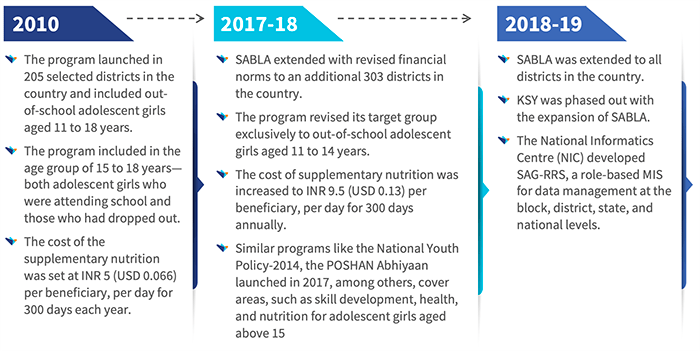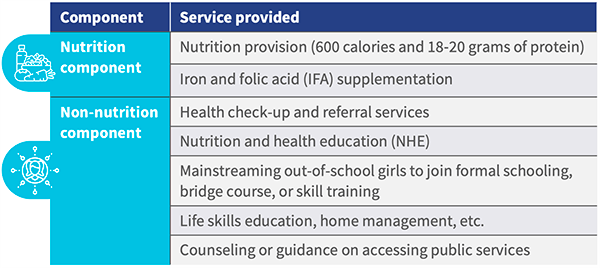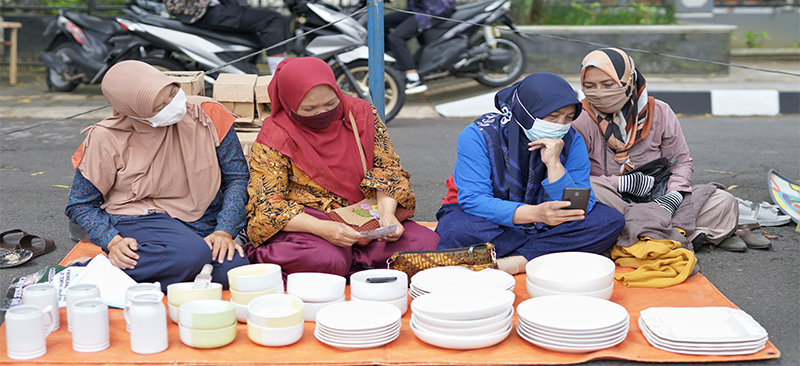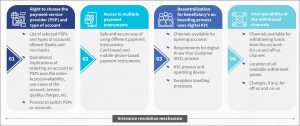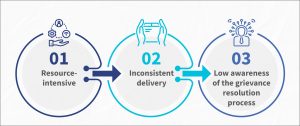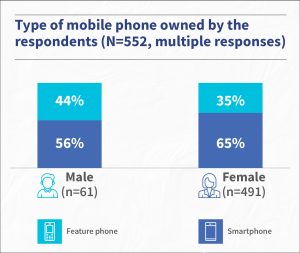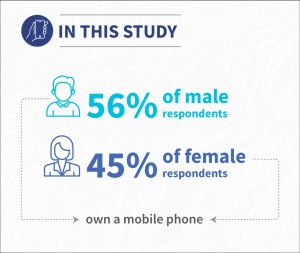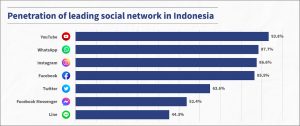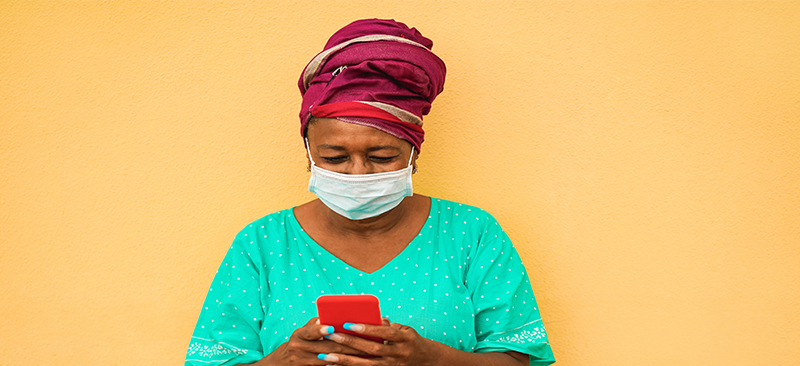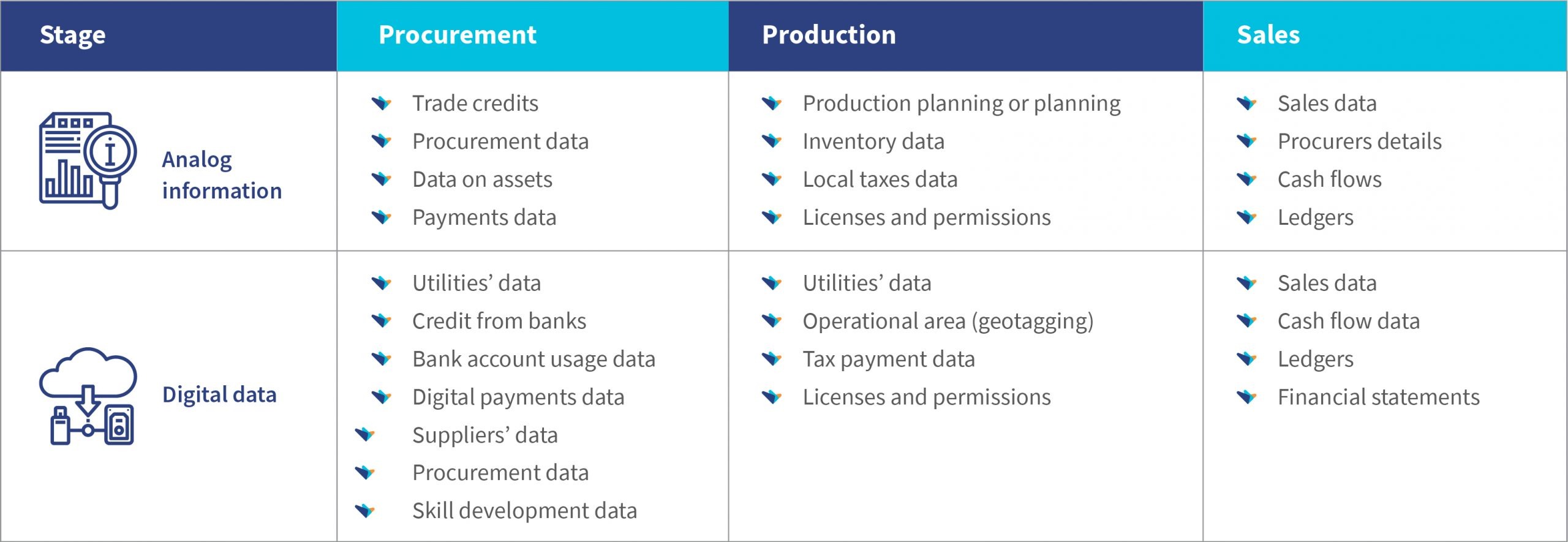“Adolescence is a border between childhood and adulthood. Like all borders, it is teeming with energy and fraught with danger.” – Mary Pipher, Clinical psychologist
In the first part of this blog on SABLA, we discussed the genesis and evolution of the scheme, as well as how the scheme is presently implemented. In part two of this blog series, we unpack the challenges of scheme implementation and make recommendations to enhance the effectiveness of the scheme. Despite its commendable efforts to empower adolescent girls throughout India, SABLA has fallen short. The section below summarizes the challenges that plague the successful implementation of the scheme.
1) Poor program monitoring: SABLA uses a manual reporting approach, which leads to delays and errors. The information is passed on from block level to district and from districts to the state. At the block level, the details are maintained at the AWC. Due to a lack of backtracking, the quality of data is also questionable.8 At the beneficiary level, beneficiaries either do not receive the Kishori health cards or these are not properly maintained. As a result, the health status of some adolescent girls is not recorded, tracked, and monitored.
The take-home ration (THR) consumption is self-reported by adolescent girls. This makes it difficult to ensure that they have received the requisite nutrition.[1] Despite the five-tier monitoring system, committees are not always constituted. In states where committees are constituted, they seldom conduct regular monitoring visits to AWC, as directed by scheme guidelines.[2] This is largely due to a dearth of human resources or administrative resources available at each level.
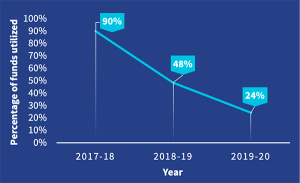
2) Non-utilization of funds: The intermittent evaluations of SABLA conducted by the government have shown that the utilization of allotted funds by various state departments has decreased over the years.[3] In particular, the utilization of funds for delivering service of the non-nutritional component of SABLA is low[4] due to a lack of coordination between various departments when planning vocational training courses, field visits, workshops, and nutrition and health education (NHE).[5]
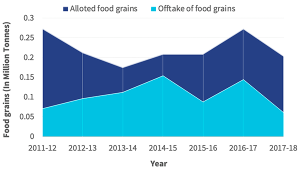
3) Gaps between intended and achieved targets: Under SABLA, the quantity of uptake was lower when compared to the food grains allocated for the scheme. This resulted in an inconsistent supply of supplementary nutrition, which in turn defeated the objective of SABLA to improve nutrition for adolescent girls.
Four main factors result in the gap between the allocation and uptake. These are the government’s irregular cycle of disbursing funds[6],[7], poor utilization of the allocated funds by departments, lack of clarity on financial guidelines for food grain procurement, and lack of storage space for food grains.
4) Limited capacity of AWW and AWC: Anganwadi workers (AWWs)[8] face considerable pressure to perform a variety of tasks. In addition to SABLA, they are also responsible for implementing Integrated Child and Development Services (ICDS) for children from birth through six years of age, and pregnant and lactating mothers.
AWWs have limited bandwidth and receive little beyond basic training and support to carry out all the activities under SABLA[9]. Further, AWCs also lack proper infrastructure and space to store rations, administer counseling sessions, and hold training sessions and activities. This affects the overall delivery of services under the scheme.1
5) Restrictions imposed by parents: Some parents impose restrictions on the movement of adolescent girls after they reach puberty due to cultural and social beliefs.[10] These restrictions hamper access to schools, healthcare facilities, and employment for adolescent girls, and stifle their awareness of available services, thus defeating the purpose of the scheme.1
Way forward
To strengthen SABLA and improve the delivery of service, particularly under the nutritional component, MSC recommends the following:
1) Improving the existing system:
a) Universal data digitization at the AWW level to improve reporting and monitoring: With the introduction of POSHAN Abhiyan, smart phone/tablets have been provided to AWWs in some districts across India to use the Common Application Software (CAS) for real-time data entry and reporting. However, AWWs in many districts across India continue to use physical registers to register beneficiaries and track administered services.[11] Universalization of the use of CAS is needed to ease the process of record-keeping and tracking for every AWW across India.
Once this is done, the data collected can be used to generate a real-time dashboard of program indicators. AWWs can identify the most vulnerable population groups and a list of malnourished children and adolescents. This will help AWWs to prioritize their interventions. The CAS can be further linked to beneficiary who have mobiles, so that they receive regular updates on their health and nutrition through SMS. Together, these can contribute to improving the efficiency of the scheme interventions.
b) Streamlining the flow of funds: The GoI releases funds only after the states submit their action plans and utilization certificate (UC) for the previous year. This is a manual process and often leads to delays in approval and release of funds. The GoI should ensure the timely release of allocated funds to state departments, as well as the timely expenditure of such funds using the principles of “just-in-time funding,” as delays hurt the timely delivery of services. This could be achieved by creating dedicated bank accounts at the state and district levels and by introducing online approvals.
Once the payment is approved, it should be debited directly from the dedicated source account without manual intervention. Such e-payments, with minimal manual interventions, would reduce the transit time for fund disbursements.[12] By digitizing the workflow and by automating the payment and reporting, state governments can submit their UCs on time and streamline their expenditure reporting, while the GOI can accelerate the release of funds.
2) Nutrition literacy and health awareness campaigns to affect behavioral change: Awareness generation that focuses on health and nutrition is the first milestone needed to attain positive health and nutritional behaviors among adolescents. To bring about behavior change, we recommend that parents of adolescent girls are encouraged by service providers to take part in Kishori Samooh[13] meetings. Participation from the families of adolescent girls is likely to result in a greater appreciation and uptake of services provided under SABLA, and the eventual loosening of restrictions placed on adolescent girls due to social norms.[14]
3) Experiment with cash transfers to improve the nutritional intake: Cash transfers into the bank accounts of adolescent girls is another option that the government can explore. This will reduce the physical movement of food items, ease the burden on the administration, reduce leakages, and provide choice to beneficiaries to select their food baskets. Evidence from an experimental study in four African countries suggests that cash transfer is more effective than food transfer to improve nutritional intake. Findings from the study suggest that cash transfer improved both the quality and quantity of food that the beneficiaries consumed.
However, experiments from India do not point to clear evidence yet. Our assessment of a cash transfer pilot in PDS in Chandigarh, Dadra & Nagar Haveli, and Puducherry shows that the preference of beneficiaries for cash over food is 63%, 59%, and 37% respectively. While most beneficiaries agree that cash provides freedom of choice, conclusive evidence of improvement in their nutritional status is missing. SABLA provides additional benefits for adolescent girls while PDS provides basic food items for sustenance. Hence, we cannot compare these two programs on a one-on-one basis.
We suggest that a few experiments should be conducted to see the preference and impact on the outcomes of SABLA through cash transfer. The GoI has operated centrally administered cash-transfer programs, such as targeted unconditional pensions to the elderly, the disabled, and widows through the National Social Assistance Program. It also runs Janani Suraksha Yojana, which seeks to improve maternal and neonatal outcomes by using cash to encourage delivery of babies at hospitals.
The ICDS department can use the positive experiences and lessons from such interventions to design and pilot a cash DBT scheme for adolescent girls under SABLA. To counter the misuse of cash, food-coupons/vouchers may also be explored as an alternative to the current system. Our study on food coupons in Karnataka suggests that the use of coupons helped in improving beneficiaries’ knowledge about their entitlements, reduced malpractices, and improved monitoring.
Conclusion
The SABLA scheme has identified the importance of the all-around development and empowerment of adolescent girls. It provides a nationwide platform to address their challenges, yet the scheme faces many hurdles in implementation, which affect the delivery of services.
Alongside scaling the program in all districts in India, the GoI must continue to focus on outreach and performance—both of which can be improved. It needs to improve the existing system and explore alternative efficient mechanisms of implementation. SABLA has the potential to facilitate a healthy and empowered female adolescent population in India. After all, they are the adults of tomorrow who will determine the country’s future.
[1] Addressing comprehensive needs of adolescent girls in India, ICRW
[2] Performance audit on Empowerment of Women, CAG, UP
[3] Action taken by Government, Rajya Sabha
[4] Evaluation of SABLA scheme, Ministry of Women and Child Development (MoWCD)
[5] National Commission for Women
[7] Health needs of adolescent girls living in an urban slum of a metropolitan city, JFMPC
[8] Anganwadi workers are women selected from within the communities by committees at the project level. They receive a monthly honorarium from the government for their service to the community
[9] Evaluation of Integrated Childhood Development Services (ICDS), International Journal of Research in Medical Science (IJRMS)
[10] Education, poverty and purity in context of adolescent girls’ secondary school retention and dropout, NCBI
[11] Common Application Software (CAS), PIB
[12] Delay in fund flow: Consequences, causes and remedies, Tata Trust & CBGA
[13] Kishori Samooh refers to a group of adolescent girls formed at the AWC. These group serve as peer monitoring groups and help the AWWs to implement various activities of SABLA.
[14] Enhancing Adolescent Participation In SABLA Programme, Gujarat, UNICEF And State Resource Centre For Women
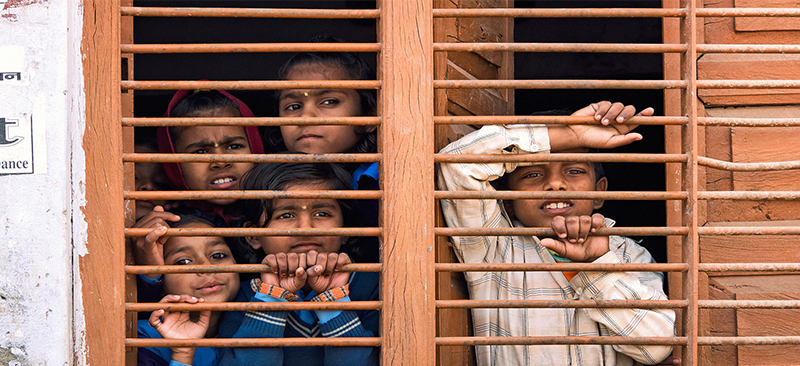
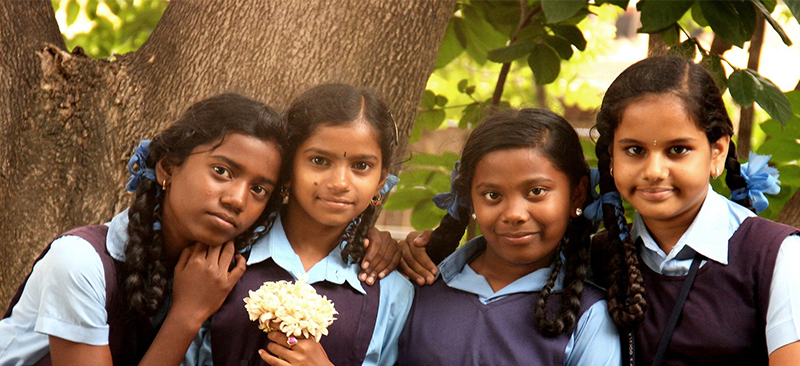
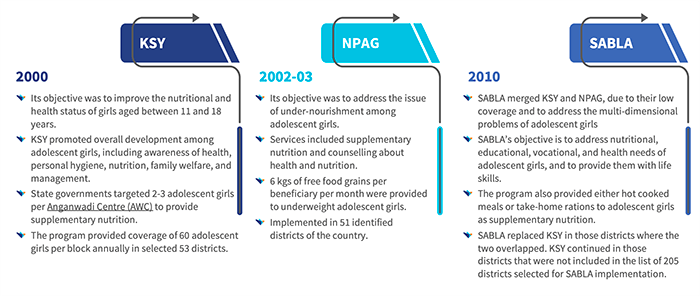 SABLA
SABLA